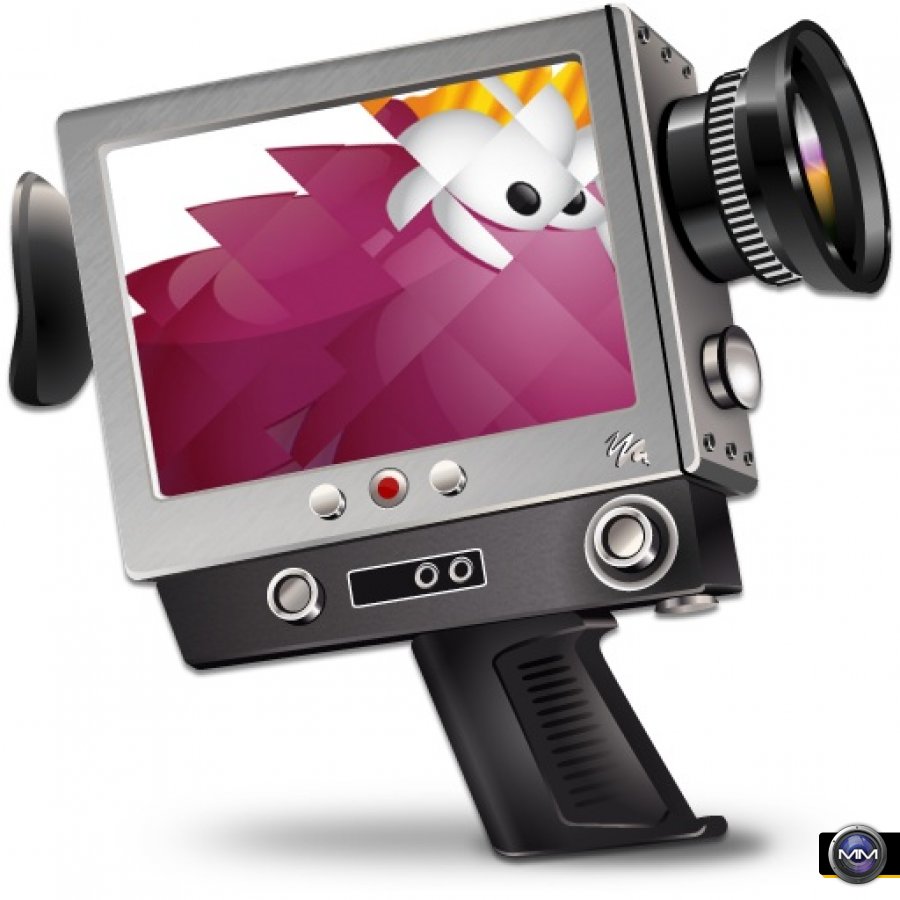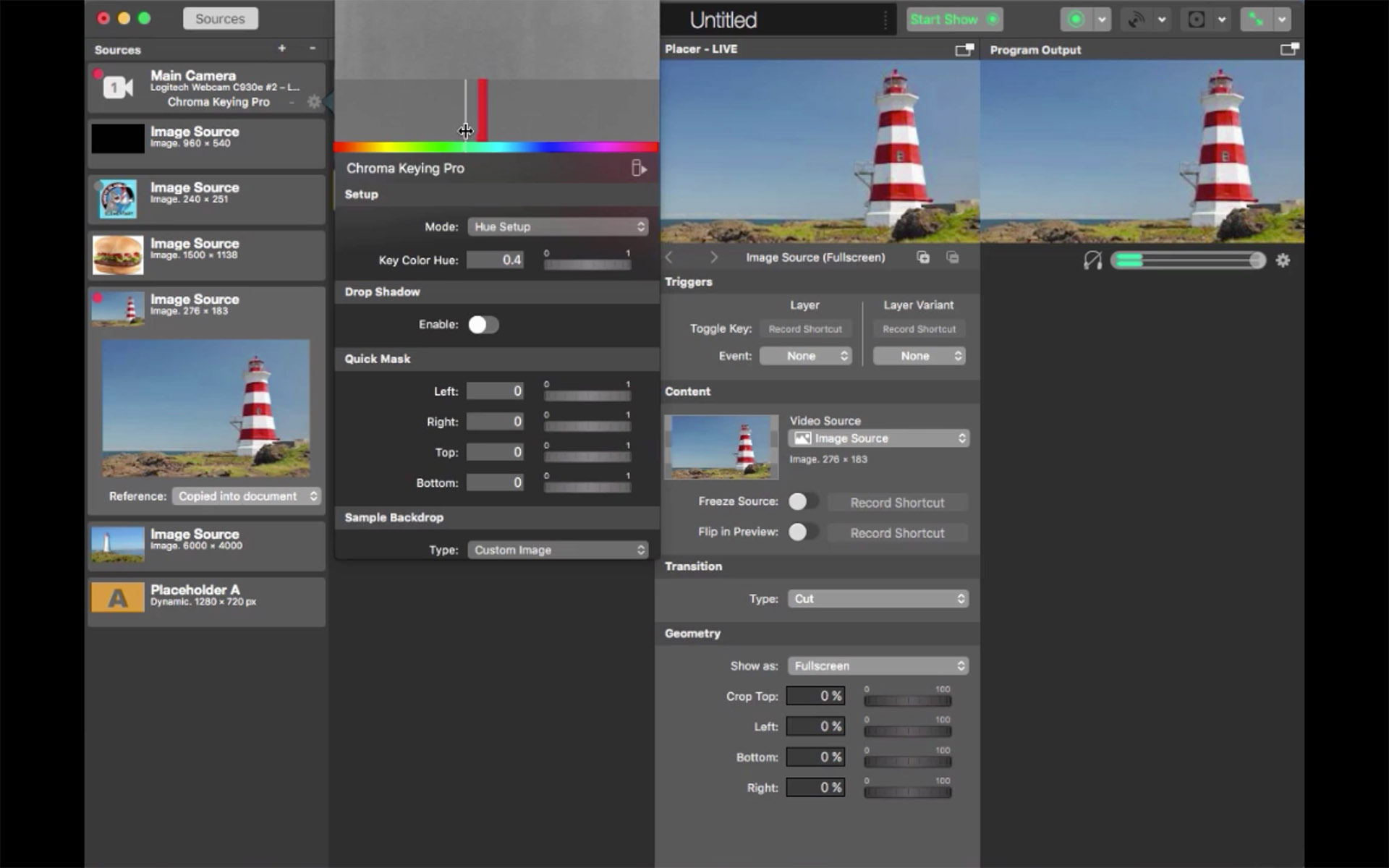
However, we'll fix this with one additional step at the end.
#Istopmotion tutorial movie#
You will then be exporting a movie that looks four times slower than desired. Then set its duration to the minimum of 0.1s for now, and scale up the durations of all other frames in your animation by the corresponding factor of 4. The work-around for this involves some arithmetic: say you want the shortest frame in your animation to be 0.025 seconds long. That's too slow for a smooth movie with fast-moving objects. What if you can't get the duration short enough? It may be that your version of iMovie doesn't allow you to go below a clip duration of 0.1s.Type in a duration such as 0.05 and check the box for "Apply to all stills": Select all images in the new project, and select Window > Clip Adjustments. In this example, I select 77 images from the iPhoto library, shown in the media browser: In iMovie, create a New Project, call it (e.g.) "StopMotion" It's convenient to have the image sequence as your last import in iPhoto,because then you'll immediately find them under that same folder name in iMovie's image browser. To begin, import the image sequence into iPhoto by drag-and-drop. Import an image sequence to create your animation With this trick, you can coax iMovie '09 into producing a 30 fps frame rate. Therefore, I also tried an alternative solution: first convert each frame image to a one-frame movie, then import these movies and string them together to make your animation. Imagine you have an existing sound file and want to adjust the frame durations to that sound then you need to edit your clips in real-time. There is one drawback: if you have to work with a slow frame rate that doesn't correspond to real time, it gets difficult to synchronize sounds. However, if the frame rate is too slow for your purposes, you can always speed up the end result later. The iMovie approach is more complicated but rewards you with more editing flexibility, including sound.Īnother approach to do the same thing, but platform-independent (and open-source), is to use the 3D modeling software Blender.Ī limitation of iMovie '09 is that single images can't be played back at the fastest frame rate of 30 fps appropriate for NTSC video. There are other free applications that can make animations without sound, e.g., Time Lapse Assembler.

The steps shown here let you make a basic animation with sound. time-lapse movies) from a sequence of images. Although it's easy to work with movie clips (combine them, edit them, add sound etc.), it's not so straightforward to make "flip-book" animations (a.k.a.


It comes with every new Mac, so for the occasional animator this is a simple way to get going. You can create a movie from an image sequence using iMovie'09.
#Istopmotion tutorial how to#
This page is part of my survey on how to make movies.


 0 kommentar(er)
0 kommentar(er)
